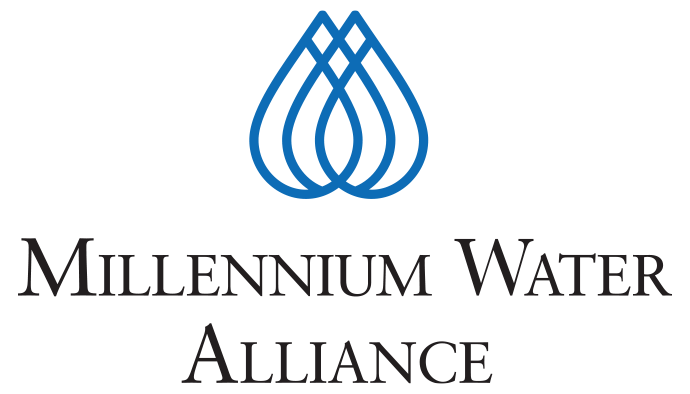May 15, 2013, Kamboe Village, Marsabit County, Kenya – Shortly into our discussion with the Water Management Committee in this settlement of the Rendille tribe, a notion of just how complex the local water supply situation began to emerge.
“In 1996, we moved the village to this place from further downhill because it is safer from attacks,” our main contact, a young man named Hilton, explained. The move, induced by conflicts with other villages over livestock and water access, cut off the community from nearby shallow wells. While the new location where we were sitting afforded a better defensive position, it was eight long kilometers (five miles) from the nearest year-round water source.

But this was just scratching the surface of Kamboe’s intricate water supply maze that our team from Food for the Hungry Kenya (FH-K), IRC – Netherlands, and Millennium Water Alliance (MWA) sought to unravel. As part of the 3R/MUS pilot within the MWA KALDRR-WASH program, the mission was to learn how people here actually used water, without assuming, like so many historical water projects, that a single water source would be used only for domestic needs. With this approach – called Multiple Use Services of Water(MUS) – and adding hydrogeological knowledge encompassed by the Retention, Recharge, and Reuse (3R) process furnished by partner Acacia Water, the program seeks to create more sustainable long-term water supplies than a one-dimensional approach would allow.
As FH-K’s Elijah Gichora and IRC’s Rene van Lieshout facilitated our discussion, Kamboe’s water supply circumstances came into focus. During and after brief rainy periods, people and animals use water from a shallow reservoir called an earth pan that collects surface runoff. When that runs out, they switch to an underground tank that collects rainwater funneled down a hillside. Only when these nearby sources are dry – about two months after the last rains – do women make the eight kilometer trek to a borehole (deep well) every other day to purchase and then carry water, often aided by donkeys, eight kilometers back uphill to Kamboe.

All told, women must make this cumbersome journey about six or seven months out of the year. Water is also used for goats, sheep, donkeys, cattle, and camels, and a number of families rely on rains to plant maize. Hilton recorded these insights on a calendar as the Water Management Committee and our team conversed through a swirling exchange in Rendille, Swahili, and English of several accents.
So what will be the end result of this exercise? Certainly we’ve learned that simply building another water source doesn’t begin to address the complexities of the real situation – even this small village already has multiple water sources, a locally conceived rationing system, nascent agriculture, and the threat of conflict.
The idea, then, is that by understanding how people really use water, and assessing the total water demand and the local hydrogeology, more water can be made available so people can have enough for drinking, hygiene, and livelihoods with reasonable ease.
For Kamboe, this might mean training the Water Management Committee to better maintain its water pan and underground tank, linking it with regional technical support services, or choosing the best site to store even more runoff underground.
As the KALDRR-WASH team analyzes these possibilities, one thing is already unmistakable: gone are the days of digging a well and calling it all good. In contrast, the multifaceted 3R/MUS approach being applied in Kamboe better represents the reality of the situation, and will be applicable elsewhere in the KALDR-WASH program through sheer self-evidence.
– Daniel Smith, MWA Program Officer


